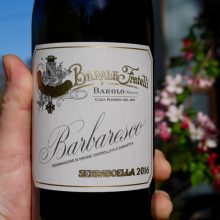
Product information
Barale Barbaresco ‘Serraboella’ Riserva MAGNUM 2016
$239
Description
The notes below are from a 750ml.
There’s a big difference between old school, never changed a thing, and, old school true to style, yet, with deep consideration of modern science. Looking at the film below you’d think Barale may be the former. Reading their website it is clear that they are the later. They understand the rule book so have thrown it away only to be used when they know they need to. I guess that’s what 150 years of making wine can give you!
Yes, there is a rustic nature to this wine, it has structure with that true to commune zippy acid. The aromas dominated by anise, tar, earth, leather, with flowers lying underneath, then a surprise on the palate with a core of energetic sour cherries, the development is there with a savoury, bloody layer and a little spice. The purity of the wine is incredibly attractive, the tannins dusty, yet ripe are bold, but, somehow restrained. The delicacy and transparency of flavour is remarkable.
Another example of just the diversity of inviting styles that Nebbiolo can produce!
Out of stock



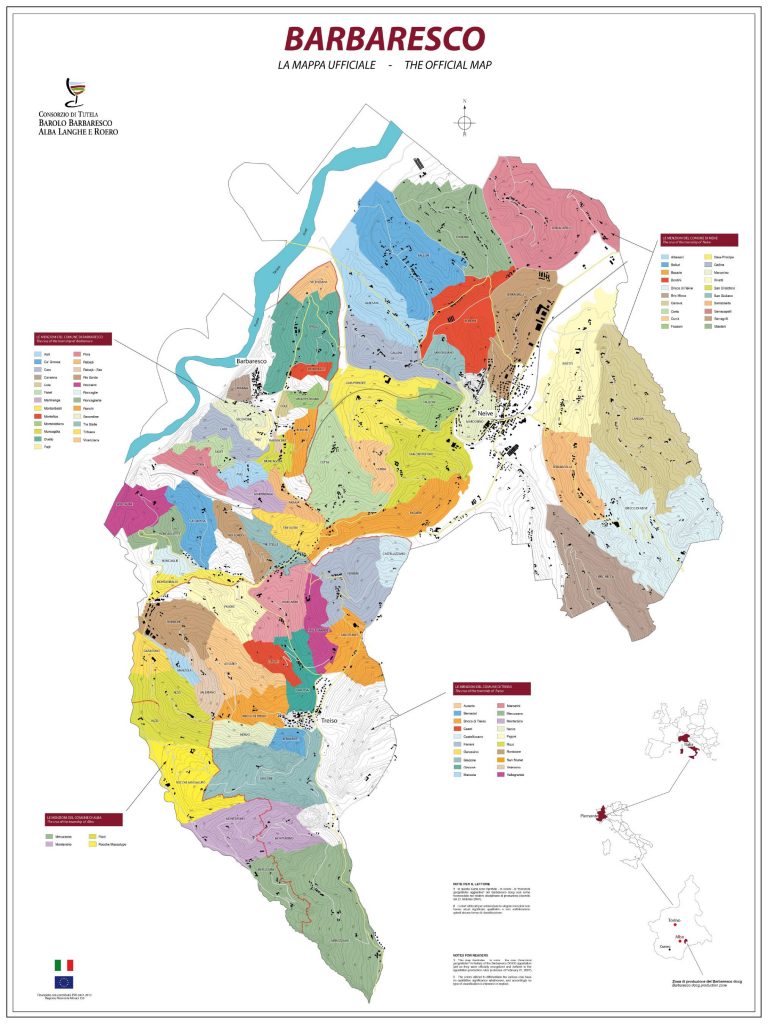
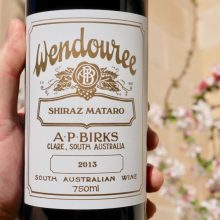
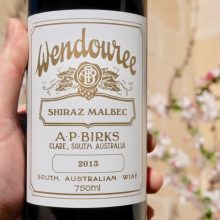
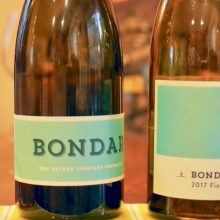
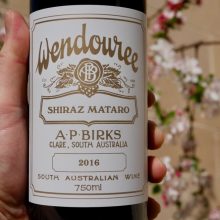
You must be logged in to post a comment.